All about: World’s Best Sri Lankan Tea
Sri Lankan tea, also famously known as Ceylon tea, is renowned globally for its high quality and distinctive flavor. Here’s an overview of its history, production, types, and economic importance:
“If you are cold, tea will warm you…. If you are too heated, It will cool you…. If you are depressed, It will cheer you… If you are exhausted, It will calm you”
(William Gladstone)
Sri Lankan tea, also famously known as Ceylon tea, is renowned globally for its high quality and distinctive flavor. Here’s an overview of its history, production, types, and economic importance:
History
Sri Lankan tea production began in the 19th century when the British planter James Taylor planted the first tea estate in Kandy. The island was then known as Ceylon, and the tea industry quickly expanded, especially after the coffee crops were destroyed by a disease. By the turn of the 20th century, tea had become a major economic force in the colony.
Production
Tea production in Sri Lanka is concentrated in the central highlands, including areas like Nuwara Eliya, Dimbula, and Uva. These regions offer the ideal climatic conditions for tea growing, characterized by cool temperatures and consistent rainfall. The tea industry in Sri Lanka is well-structured, involving both small-scale growers and large plantation companies. The tea is processed using the orthodox method, which includes withering, rolling, fermenting, and drying—steps that preserve the leaves’ flavor and aroma.
Types of Sri Lankan Tea
- Black Tea: The most common type, known for its robust flavor and amber color.
- Green Tea: Less processed than black tea, it has a lighter flavor and a greenish color.
- White Tea: The most delicate and least processed, often made from the youngest shoots of the tea plant.
Each type comes from the same plant, Camellia sinensis, but the processing methods and the maturity of the leaves at harvest create distinct flavors and characteristics.
Economic Importance
Tea is one of the main exports of Sri Lanka, significantly contributing to the country’s economy. It employs a large portion of the population both directly and indirectly, from plantation workers to those involved in packaging, distribution, and retail.
Cultural Significance
Tea plays a central role in the social customs of Sri Lanka. Serving tea is a sign of hospitality and is a staple in daily life. The traditional Ceylon tea is often consumed plain or with milk and sugar, reflecting the British influence on tea consumption in the country.
Global Reach
Ceylon tea is exported worldwide and is highly valued for its quality and unique taste. It’s often sold as a single-origin product, which helps maintain its reputation for premium quality.
In sum, Sri Lankan tea, with its rich history, extensive variety, and economic significance, not only forms a pivotal element of the national economy but also serves as a symbol of Sri Lankan heritage and cultural pride. Its global appreciation is a testament to its enduring allure and quality.
Scaling of the day production
Black tea manufacturing procedures
The manufacturing of black tea involves several detailed steps, each crucial to developing the tea’s rich flavor and color. Here’s an overview of the standard process used in the production of black tea:
1. Plucking
The first step in tea production is plucking the tea leaves. Only the top one or two leaves and the bud are picked, as these contain the highest concentrations of flavor and antioxidants. This is often done by hand to ensure the quality of the harvest, though mechanical harvesting is also used in some large plantations.
2. Withering
After plucking, the leaves are spread out on large trays or troughs and exposed to controlled warm air. This step reduces the moisture content of the leaves by 40-70%, making them soft and pliable, which prepares them for rolling without breaking. Withering typically takes 12 to 24 hours, depending on ambient conditions and the specific characteristics desired in the final product.
3. Rolling
The withered leaves are then rolled, either mechanically or by hand. This crucial step breaks the cell walls of the leaves, releasing enzymes and essential oils that are key to the development of flavor. The rolling process also shapes the leaves into twisted forms, which is characteristic of many traditional black teas.
4. Oxidation (Fermentation)
After rolling, the leaves are spread out in a cool, humid environment to oxidize. This step is often referred to as “fermentation” in the tea industry, though it is actually an enzymatic oxidation process rather than true fermentation. During this phase, the tea leaves undergo chemical reactions that develop the tea’s color and enhance its flavor profile. The duration of oxidation, which can last from a few hours to over a day, determines the strength and taste of the tea.
5. Firing (Drying)
The oxidized tea leaves are then dried using hot air in a process called firing. This halts the oxidation process and reduces the moisture content to less than 3%, which is necessary for the tea’s preservation and flavor stability. Firing is done at precise temperatures to avoid burning the leaves while ensuring that they are adequately dried.
6. Sorting and Grading
The dried tea leaves are sorted into different grades based on their size and shape through a series of sieves. Larger, whole leaves are typically considered higher grade, while broken pieces, fannings, and dust are lower grade but may still be flavorful and are often used in tea bags.
7. Packaging
Finally, the tea is packaged in various forms, from loose leaf to tea bags, and stored in a way that preserves its freshness and flavor. Proper packaging is crucial to prevent the absorption of moisture and odors that can spoil the tea.
Throughout these steps, quality control is critical. Regular sampling and testing occur to ensure that the flavor, color, and aroma meet the desired standards. Each step in the process can be adjusted based on the specific characteristics sought in the final product, allowing for a wide variety of black teas, each with its unique profile.
The grading of black tea is an important aspect that helps in determining its quality, size, and appearance. Black tea grades are primarily categorized based on the size of the leaves and whether the leaves are whole or broken. Here’s a detailed look at the common grading terms used in the tea industry
The black tea grades
Whole Leaf Grades
These are the highest quality grades, consisting of whole, unbroken leaves:
- Orange Pekoe (OP): Long, slender whole leaves without tips. This grade has nothing to do with the flavor “orange”; rather, it is a term used to denote high-quality black tea.
- Pekoe (P): Slightly shorter and not as wiry as Orange Pekoe.
- Souchong (S): Larger leaves rolled lengthwise, traditionally from the lower parts of the tea bushes.
Broken Leaf Grades
These grades are made up of leaves that are broken during processing, which often results in a stronger brew:
- Broken Orange Pekoe (BOP): Smaller than OP, consisting of broken leaves.
- Broken Pekoe (BP): Slightly smaller than BOP.
- Pekoe Souchong: Broken leaves larger than those of BOP.
Fannings and Dust
These are even smaller pieces of tea left over after higher grades are sorted and are typically used in tea bags due to their quick brewing time:
- Broken Orange Pekoe Fannings (BOPF): Very fine, small particles of tea leaves, often used in tea bags.
- Orange Pekoe Dust (OPD): The smallest particles of tea, which brew very quickly and produce a strong flavor.
Specialty or Tippy Grades
These grades include the bud or tip of the tea plant, which adds a distinct flavor and appearance:
- Flowery Orange Pekoe (FOP): Includes some tips or buds, longer leaf than OP.
- Golden Flowery Orange Pekoe (GFOP): High-quality tea with golden tips.
- Tippy Golden Flowery Orange Pekoe (TGFOP): Contains a high amount of golden tips, excellent quality.
- Finest Tippy Golden Flowery Orange Pekoe (FTGFOP): An even higher grade of TGFOP, often from specific estates.
- Special Finest Tippy Golden Flowery Orange Pekoe (SFTGFOP): The highest grade, reserved for the finest teas with a large amount of tip.
Each of these grades can further vary slightly between different producing regions and based on specific plantation practices. Tea grading primarily helps traders and consumers understand the product’s general quality and brewing characteristics, though personal taste preference plays a significant role in choosing between different grades.
Tea, one of the most widely consumed beverages worldwide, comes in various types primarily differentiated by the processing methods applied to the leaves of the Camellia sinensis plant. Here’s a breakdown of the main types of tea
Verity of tea packing
1. Black Tea
Black tea is fully oxidized, which gives it a dark color and rich flavor. It is the most robust of the tea types in terms of flavor and caffeine content. Popular varieties include Darjeeling, Assam, and Earl Grey.
2. Green Tea
Green tea skips the oxidation process. The leaves are typically heated soon after harvesting to prevent oxidation, preserving their green color and resulting in a lighter flavor profile. Notable types include Sencha, Matcha, and Gunpowder.
3. Oolong Tea
Oolong tea is partially oxidized, placing it somewhere between black and green teas in terms of color and taste. The oxidation level can range from 10% to 70%, significantly affecting its flavor. Famous varieties include Tieguanyin and Wuyi.
4. White Tea
White tea is the least processed of all teas. It is made from the young buds and leaves that are allowed to wither and dry naturally. This tea is lighter in flavor and color, and it has a delicate and subtly sweet taste. Popular types include Silver Needle and White Peony.
5. Pu-erh Tea
Pu-erh tea is a type of fermented tea that originates from Yunnan province in China. It can be either raw (Sheng Pu-erh), which naturally ages, or ripe (Shou Pu-erh), which undergoes a faster, controlled fermentation process. It has a deep, earthy flavor that can develop over years of aging.
6. Herbal Teas
Technically not true teas as they do not come from the Camellia sinensis plant, herbal teas (or tisanes) include any infusion made from herbs, flowers, or fruits. Common examples are chamomile, peppermint, hibiscus, and rooibos. These are naturally caffeine-free and noted for their varied flavors and potential health benefits.
7. Flavored and Blended Teas
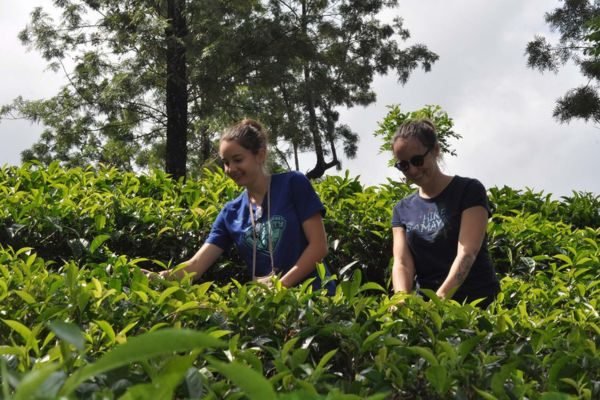
These teas are created by adding flavors to any of the traditional tea types. This category includes teas where additional ingredients such as spices, flowers, or fruit essences are added to enhance the flavor. Examples include Chai (spiced tea), Jasmine tea, and fruit-flavored teas.
Each type of tea offers a unique flavor profile and brewing requirements, catering to a wide range of tastes and preferences around the world. Whether you prefer the robustness of black tea, the freshness of green tea, or the complexity of oolong, there’s a variety of tea suited to every palate.
In 2023, Sri Lanka’s tea industry saw significant growth, with total tea production increasing by 4.54 million kilograms to 256.04 million kilograms. The revenue from tea exports for the year amounted to USD 1.31 billion, reflecting an increase from the previous year. Sri Lanka holds about a 15% share of the global tea export market, despite accounting for less than 5% of the world’s total tea production. This prominent position in exports is due in part to the high domestic consumption rates in other major tea-producing countries like China and India.


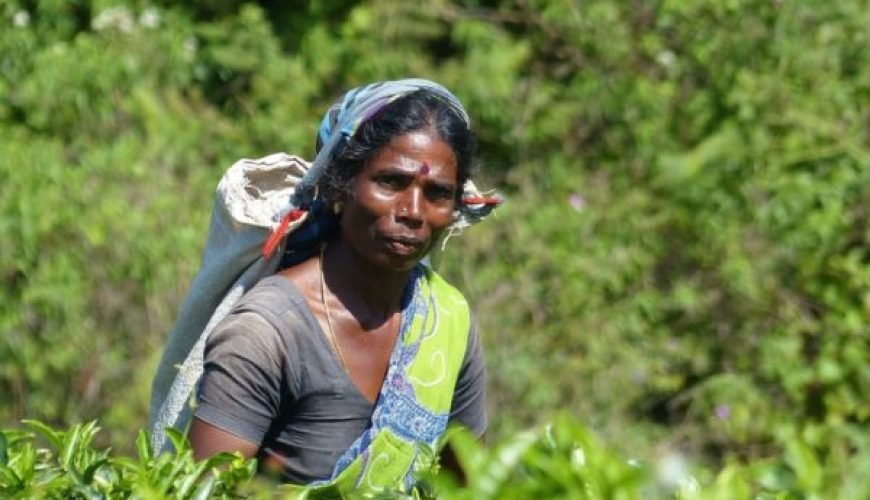


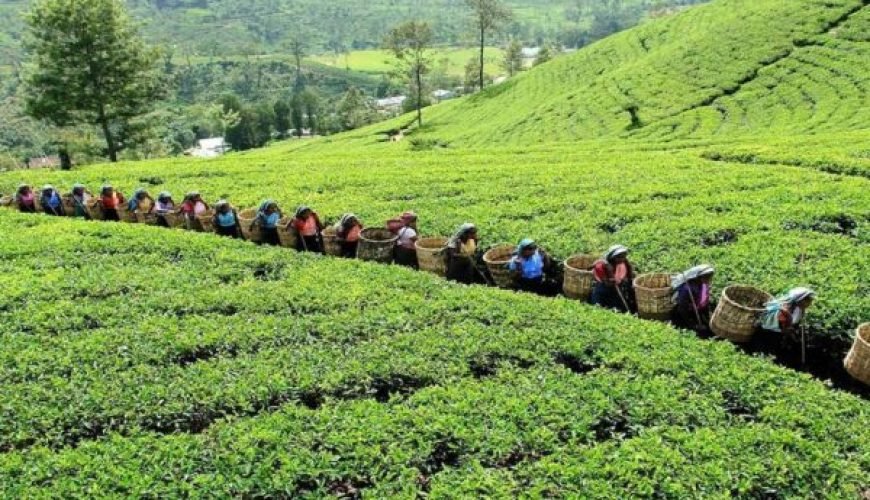


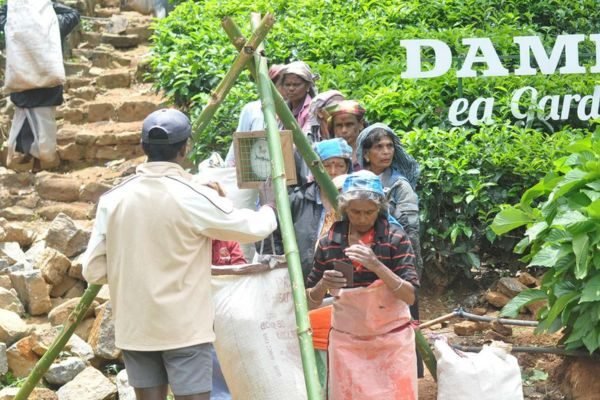
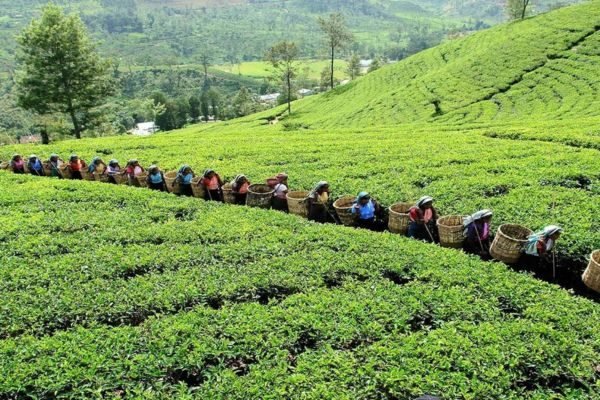

0 Comment